Non-fungible tokens (NFTs) have transformed how artists and creators earn money from their digital work. Beyond one-time sales, NFTs introduced a revolutionary feature, royalties. These built-in innovative contract features allow creators to earn revenue every time their work changes hands in the secondary market.
For beginners entering Web3 or digital art, understanding NFT ($0.00) royalties is essential. In this guide, we explain what NFT royalties are, how they work, how creators set them, and what they mean for the future of digital ownership.
What Are NFT Royalties?
NFT royalties are automatic payments that creators receive whenever their NFTs are resold on secondary marketplaces.
For example, imagine you mint a piece of digital art and sell it for $200. Later, the buyer sells it to someone else for $2,000. With a 10% royalty, you’d automatically receive $200 from that resale even though you no longer own the NFT.
Royalties are a major reason artists and musicians have embraced NFTs. They ensure creators continue benefiting from the long-term value of their work, even as their creations appreciate over time.
How NFT Royalties Work
Smart contracts power NFT royalties, the self-executing code embedded in the blockchain when an NFT is minted.
Here’s how it works step by step:
- Creator Sets Royalty Percentage:
During minting, the creator decides the percentage they’ll earn on future resales, typically between 2% and 10%. - NFT Sale Happens on a Marketplace:
When the NFT is resold, the marketplace checks the smart contract for the royalty rule. - Automatic Payment:
The contract automatically sends the royalty to the creator’s wallet address once the transaction is confirmed.
This process happens without intermediaries, making it transparent, fair, and efficient. It’s like earning lifelong commissions on your digital creations.
Standard Royalty Percentages on NFT Marketplaces
Each NFT platform handles royalties slightly differently, but most allow creators to choose their own percentage.
Here’s an overview of typical royalty rates across major marketplaces:
Creators can choose flexible percentages depending on their audience and platform rules.
Benefits of NFT Royalties for Artists and Creators
1. Ongoing Revenue
Traditional artists typically earn only once when they sell their work. NFT royalties change that by creating passive income every time their art resells.
2. Fair Creator Compensation
As digital art grows in value, royalties ensure that the original creators are not left behind when collectors profit from their work.
3. Transparency and Trust
Blockchain technology provides public visibility. Anyone can see how much royalty an NFT pays, ensuring transparency.
4. Direct-to-Fan Economy
Creators can sell directly to collectors without middlemen like galleries or record labels taking large commissions.
5. Encourages Long-Term Creation
With royalties offering lifetime rewards, artists are incentivized to keep producing quality content and building loyal communities.
Challenges and Limitations of NFT Royalties
While NFT royalties are an exciting innovation, they are not without complications.
1. Marketplace Enforcement
Not all marketplaces automatically enforce royalties. Some platforms allow buyers and sellers to bypass them, reducing the creator’s earnings.
2. Cross-Platform Inconsistency
If an NFT minted on one platform is sold on another, the royalty setting might not carry over unless both marketplaces support the same royalty standard.
3. Smart Contract Complexity
Royalty payments rely on code. If the smart contract is poorly designed, royalties might not function correctly.
4. Collector Concerns
Some collectors argue that royalties can reduce liquidity by increasing resale costs, though most accept them as a way to support creators.
Despite these challenges, the industry is moving toward universal royalty standards, ensuring creators are always paid, no matter where an NFT is sold.
Read more: What Is an NFT Marketplace? Beginner Overview (2025)
How to Set NFT Royalties When Minting
If you’re an artist or creator, setting royalties is easy during the minting process. Here’s how it typically works on most NFT platforms:
- Upload Your Art:
Choose your file image, music, video, or 3D asset and upload it to the marketplace. - Add Metadata:
Include the title, description, and traits. - Set Royalty Percentage:
Decide your preferred royalty (e.g., 5% or 10%) for secondary sales. - Mint and List:
Once minted, your royalty information is stored on the NFT’s smart contract.
When someone buys or sells your NFT in the future, your royalties are automatically sent to your wallet. Some marketplaces, like OpenSea and Rarible, also let you adjust royalties later through creator settings.
Real-World Examples of NFT Royalties
Beeple’s “Everydays”
When Beeple sold his NFT artwork for $69 million at Christie’s, he retained the right to royalties on future digital resales. It set a precedent for how artists could benefit from future value appreciation.
Bored Ape Yacht Club (BAYC)
Although built on Ethereum, BAYC imposes a standard royalty on every secondary sale, helping creators fund events, brand collaborations, and community development.
Sound.xyz
For musicians, Sound.xyz allows creators to earn royalties each time their NFT-backed songs are traded, creating sustainable income streams.
These examples show how royalties bridge creativity and business, empowering creators in new ways.
The Future of NFT Royalties
The discussion around NFT royalties is evolving. In 2025, we’re seeing several new developments:
- Enforced royalties: New on-chain standards like ERC-2981 are helping ensure cross-market compatibility.
- Dynamic royalties: Some projects now offer flexible royalties based on market conditions or collector loyalty.
- Shared royalties: Collaborations and multi-artist projects are using smart contracts to automatically split royalties.
- Community funding: Royalties are increasingly used to sustain project ecosystems and fund long-term growth.
As the NFT market matures, royalties will remain one of its most defining and empowering features.
Read more: How to Buy Your First NFT on Polygon (Beginner Steps)
Conclusion
NFT royalties represent one of the most critical innovations in the digital economy. They give creators ongoing rewards for their work and encourage fairness, transparency, and collaboration in Web3.
Although enforcement challenges remain, blockchain technology continues to evolve toward universal royalty systems that benefit both creators and collectors. For artists, musicians, and developers, NFT royalties mean one thing, the opportunity to earn from creativity for as long as their work continues to inspire others.
If you’re entering the NFT space, understanding royalties is your first step toward building a sustainable and rewarding creative career on the blockchain.
FAQs
1. What are NFT royalties?
NFT royalties are payments that creators earn automatically whenever their NFTs are resold on secondary marketplaces.
2. How are NFT royalties paid?
They’re paid through blockchain smart contracts that automatically send a percentage of resale revenue to the creator’s wallet.
3. Can I choose my royalty percentage when minting an NFT?
Yes. Most platforms let you set your own percentage, usually between 2% and 10%.
4. Do all NFT marketplaces enforce royalties?
Not all. Some platforms automatically honour creator royalties, while others make them optional.
5. Why are NFT royalties substantial for artists?
They ensure fair compensation, allowing artists to earn from the long-term success of their digital work.
The post What Are NFT Royalties and How Do They Work in 2025? appeared first on FXcrypto News.










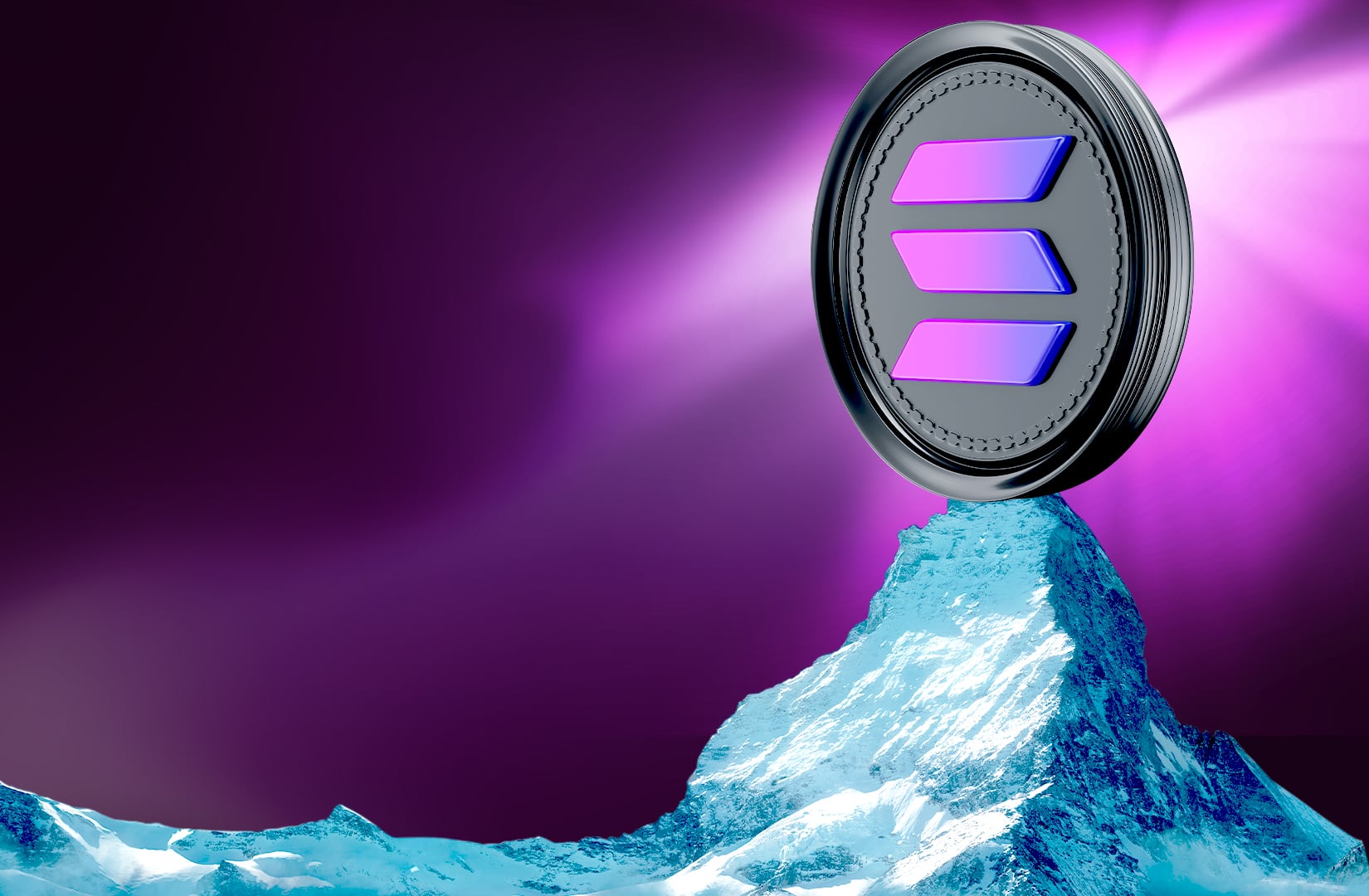


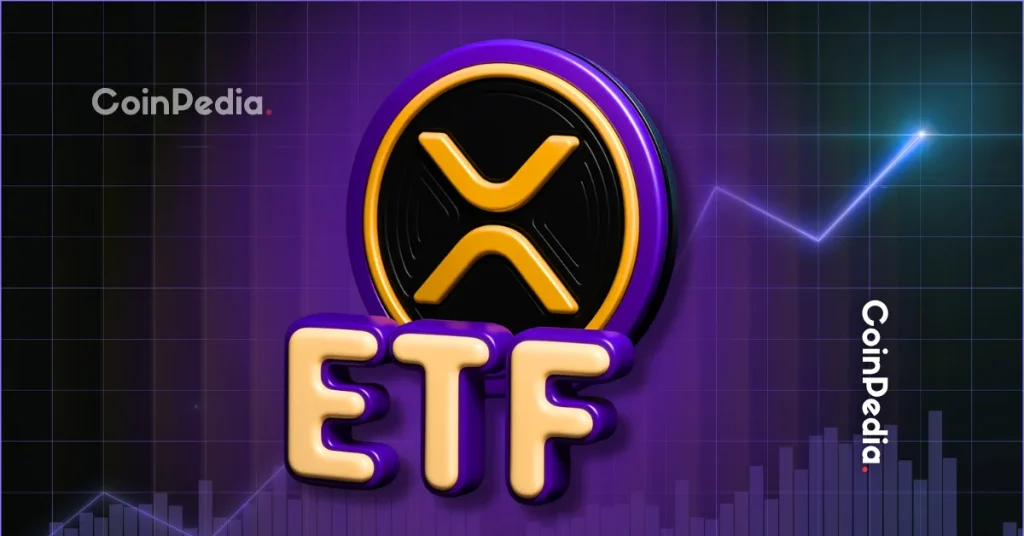

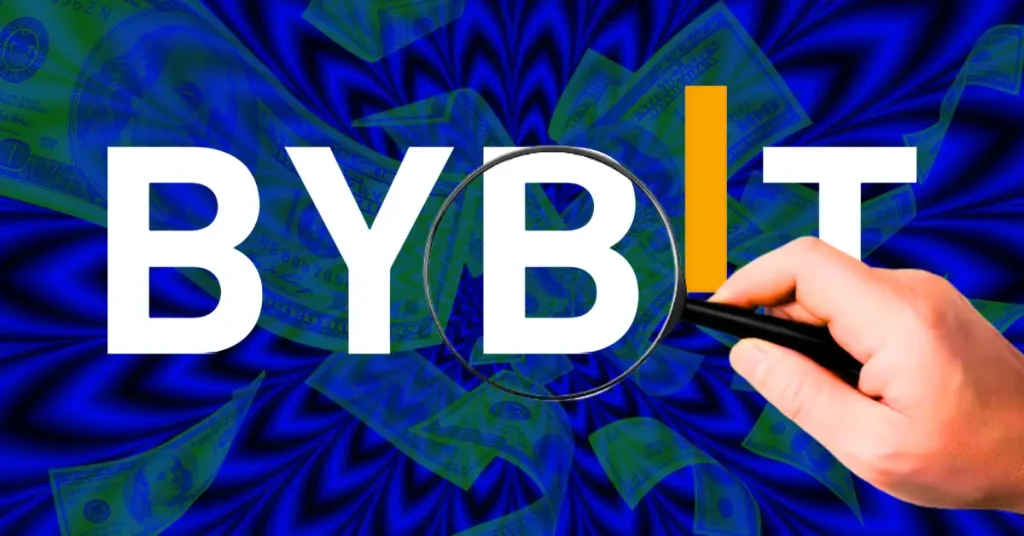



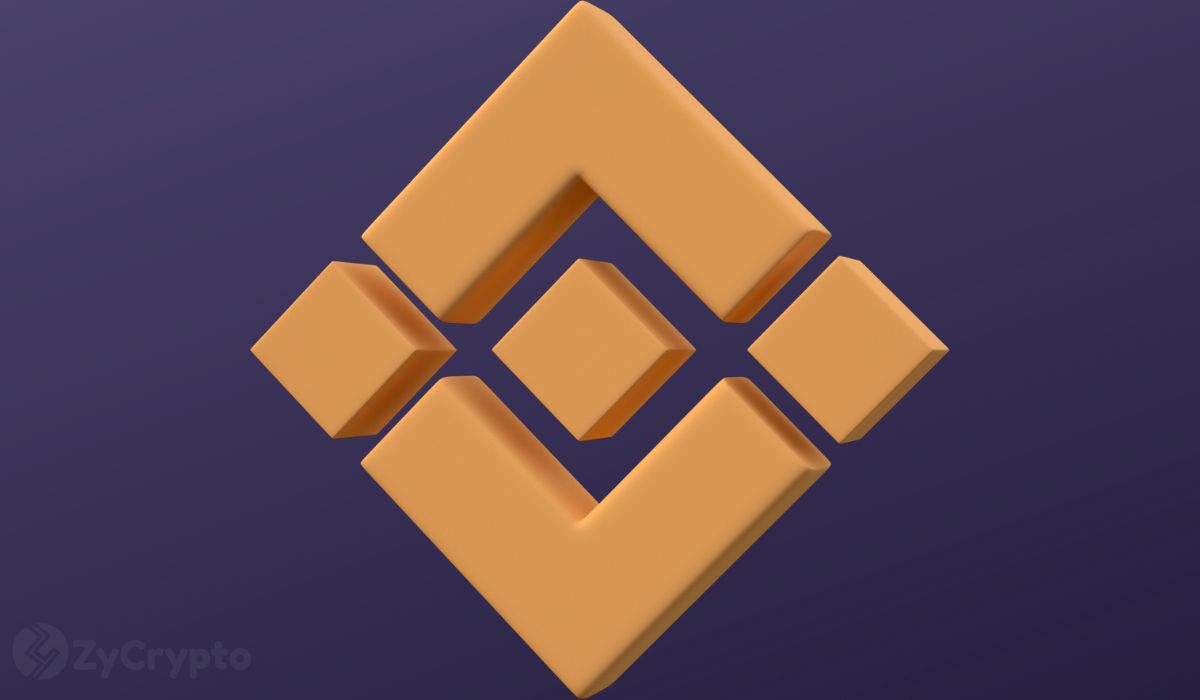

 24h Most Popular
24h Most Popular
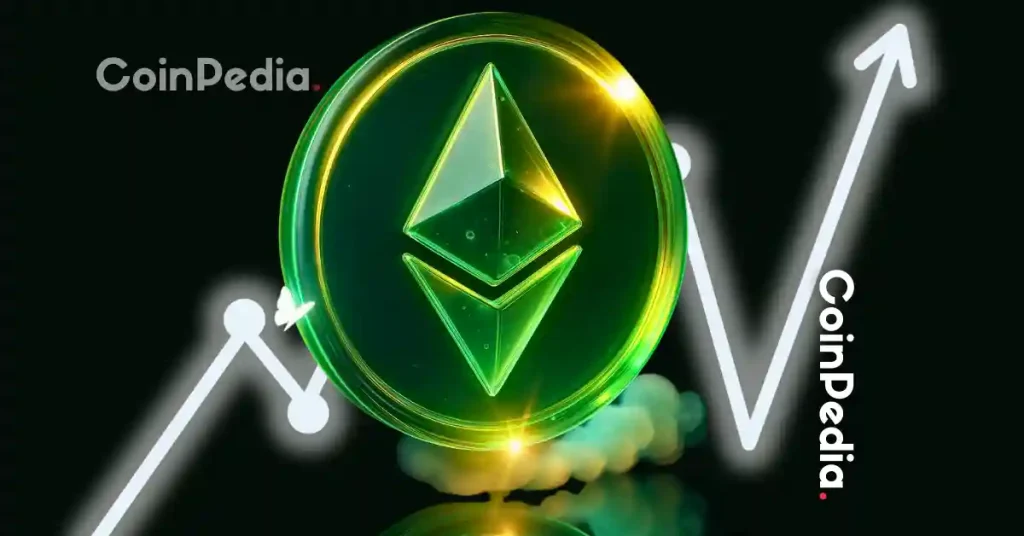

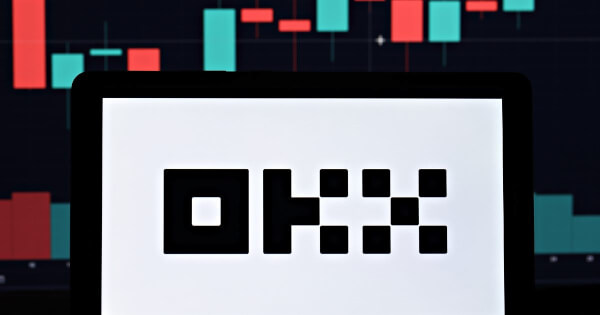



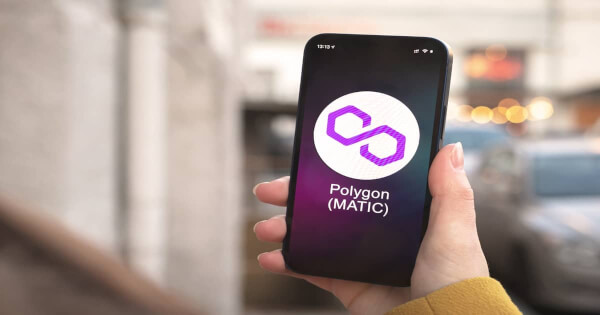
 Utilities
Utilities